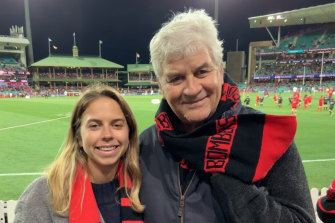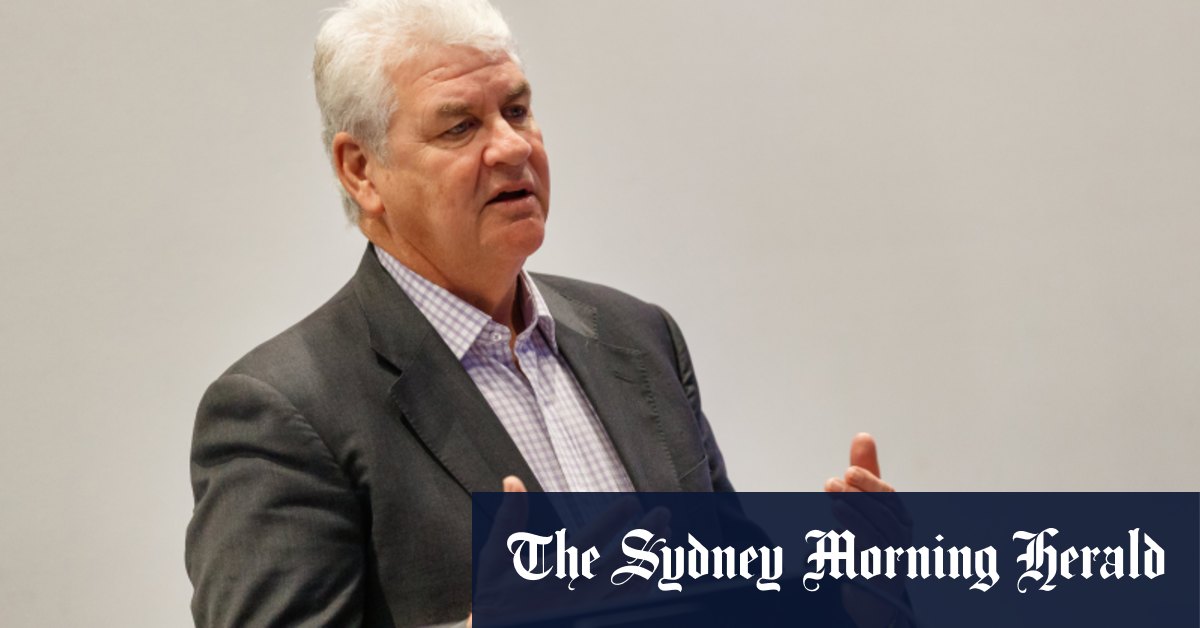Peter Noonan, the Emeritus Professor at the Mitchell Institute and the Centre for Research on International Education Systems at Victoria University in Melbourne, died on April 23, 2022.
This resulted in an extraordinary career doing just that, in the following order: the first national secretary of the TAFE teachers association (1981-84); ministerial adviser and senior executive in the Cain Victorian government, developing the Youth Guarantee and a new Victorian vocational training system (1984-87); adviser to federal education minister John Dawkins (1987-89); head of strategy, Victorian State Training Board (1989-92); deputy then acting head of the Australian National Training Authority (1993-1999); deputy head of the Queensland Department of Employment, Training and Industrial Relations, with responsibility for the training portfolio (1999-2001); consultant, researcher and policy adviser (2001-14); and professor, then emeritus professor of tertiary education at the Mitchell Institute at Victoria University (2014-2022).
In 1987, Hawke government education minister John Dawkins asked Peter to join him in a shake-up of higher education to establish the Unified National System, massively increase university funding (including though the HECS student loan scheme), and lay the groundwork for a national vocational training system in parallel. This progressed Australia’s transition to a mass tertiary education system, essential for our place in the global economy.
After influential roles in the Victorian State Training Board, ANTA, and the Queensland training system Peter began, in 2002, his long stint as adviser to governments, business, education providers and policy outfits, through the vehicle of consulting in his own firm, Phillips KPA, the Allen Consulting Group and ACIL Allen.
This included being a member of the Bradley Higher Education Review team, which developed the demand-driven system for Gillard, to further widen participation in higher education and extend the work he had done nearly 20 years earlier with Dawkins. Professor Denise Bradley said: “Peter demonstrated formidable technical competence and agility, a great head for detail, very strong democratic values and a capacity in all of this to keep hold of the larger picture. He is without doubt the best analyst of our tertiary system.”
Peter did not confine himself to working on tertiary education. He also carried out germinal work for the Gonski review of school funding, designing its centrepiece schooling resource standard.
His research and his policy contribution ramped up after he joined the Mitchell Institute at Victoria University. VU, with its dual vocational and higher education focus and emphasis on widening opportunity, was a perfect fit for him.
At Mitchell, he led a program of research, with a range of collaborators, on reconceptualising tertiary education, as a more integrated, less hierarchical and more flexible system, with stronger connections between the vocational and higher education sectors.
These core ideas were incorporated in his landmark Review of the Australian Qualifications Framework, commissioned by COAG. He was the right person to lead that review because he had a deeper understanding than anyone of all education sectors. The review’s recommendations represent the cornerstone of tertiary education reform needed to support a future of lifelong learning for all Australians.
An important feature of Peter’s working life was his role as mentor. Many young policymakers and researchers learned enormously from him. Sarah Pilcher, a colleague at the Mitchell Institute, said of Peter that “he understood that the arc of a successful and meaningful career was about more than leaping from one rung of the ladder to the next, but about trying to combine endeavour with living life, and looking after yourself, family, friends and colleagues along the way”.
And Peter’s insight was not only reserved for young people. The authors of this obituary were great beneficiaries of his advice, as was Peter Coaldrake, former vice-chancellor of Queensland University of Technology and currently chair of TEQSA, the national higher education regulator, who described him as a “great mentor to me”. And the relationships were always two-way. Peter was always keen to learn from the many others he interacted with.
Alongside his research, Peter’s advice to government on both sides of politics continued. He was not hidebound when it came to getting up good public policy, or recognising intelligence and capability wherever it was to be found. Ministers and bureaucrats of many stripes would attest to that.
He did some of his major work, including the AQF Review, while undergoing treatment for cancer. Many of those he worked with had no idea that he was ill, such was his professionalism.
Right up to his last few weeks, Peter was still working with others on publications moving big ideas forward. This included a paper with Tony Mackay and Sandra Milligan, on senior secondary certification, which incorporates seven policy directions that aimed at opening open up a much richer range of ways for students, employers and education institutions to match the capabilities and aspirations of students with suitable educators and employers. He was also undertaking a book with colleagues from academia and industry about rethinking tertiary education, and work on the book will continue in his honour.
He was also providing outstanding advice to policymakers and researchers, right until the end, as a member of the federal government’s Expert Panel of Vocational Education and Training, and as a member of the board of the Australian Industry Group’s Centre for Education and Training.
Peter Noonan’s legacy is enormous, and his ideas live on. The policy agenda he was working on right until the end is critically important. His influence on the tertiary education system will continue for a long time to come.

Peter Noonan shared his passion for the Essendon Football Club with his daughter Katie.
For all of his huge contributions to public policy, for Peter family and friends were central to his life. We will remember him as a loving and generous man, and a loyal friend. He was also a loyal and frustrated Essendon supporter.
Peter Noonan is survived by his wife Marion van Rooden, his daughters Katie, Claire and Jess and his brothers Paul, Michael, Tim and Dave, all of whom gave wonderful tributes at a recent celebration of his life.
And, somewhere near Red Hill is a young tradie who will go on to greater things.

